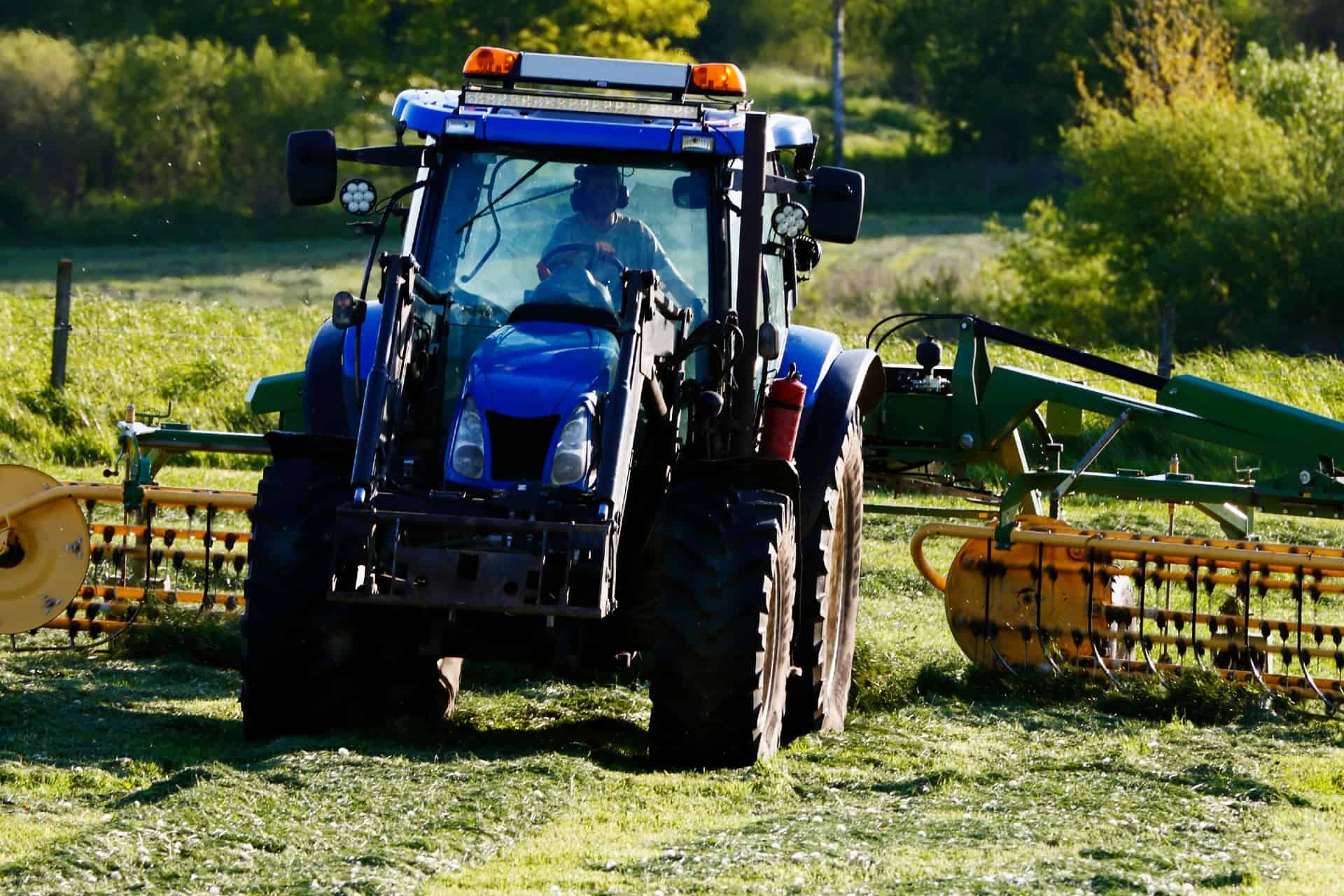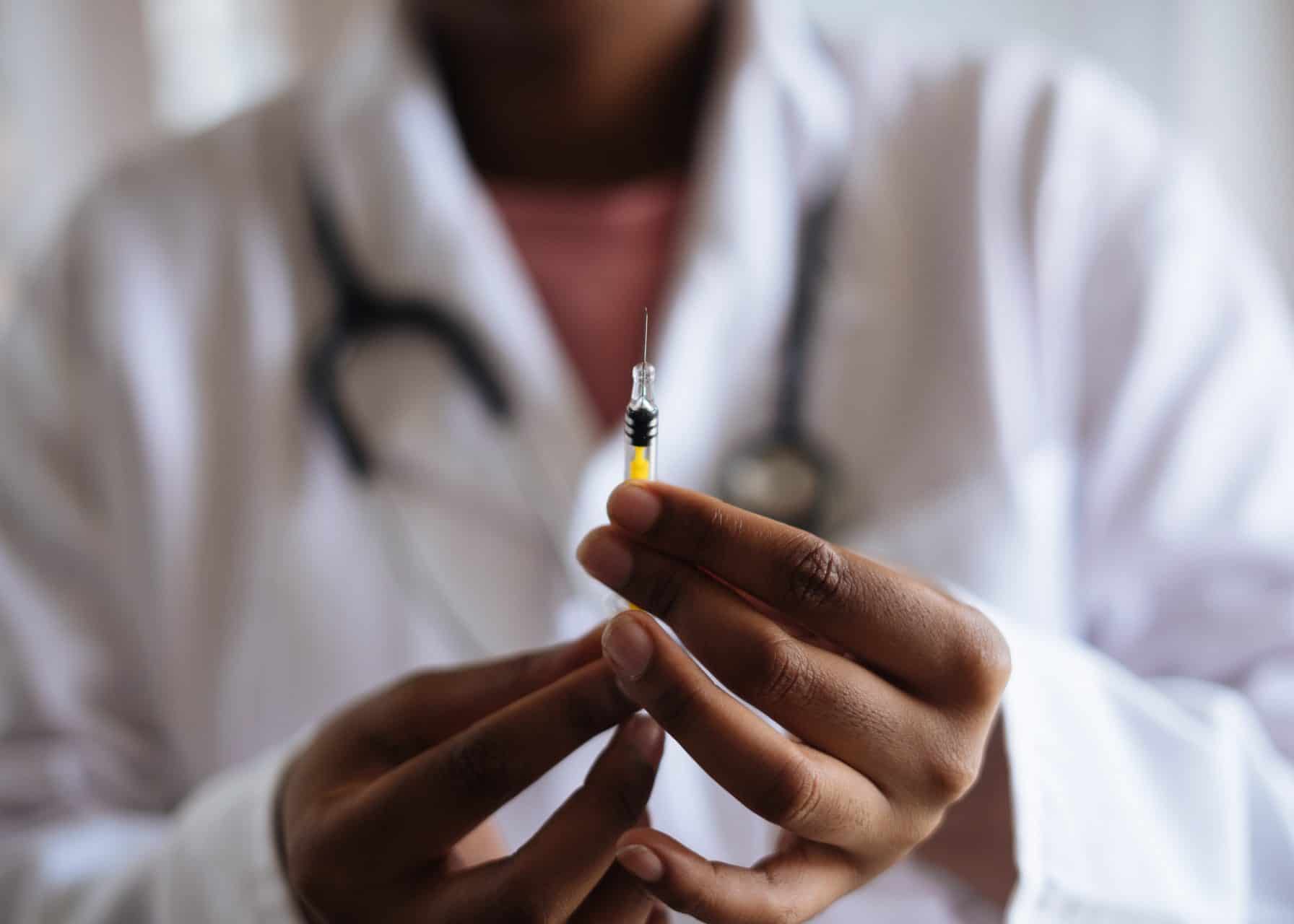
Transforming Wastewater into Fertilizer Could Make Agriculture More Sustainable
February 4, 2023 - Emily Newton
Revolutionized is reader-supported. When you buy through links on our site, we may earn an affiliate commision. Learn more here.
Wastewater is a significant source of pollution, often ending up in lakes and streams where it causes eutrophication. It can also contaminate crops, drinking water and public areas. At the same time, making chemical fertilizer is an ecologically destructive process, and scientists are looking for alternative solutions. Why not solve two problems by turning wastewater into fertilizer?
The Haber-Bosch and Ostwald Methods
Making fertilizer wasn’t always easy. Humans had long relied on dung, plant matter, animal carcasses and other waste to stimulate their crops, but the process was time-consuming and not as efficient as modern techniques.
In the early 1900s, Fritz Haber and Carl Bosch discovered they could source nitrogen from the air to make fertilizer. They used a chemical reaction that converted hydrogen and atmospheric nitrogen into ammonia. Using a technique now called the Haber-Bosch method, they revolutionized the agricultural industry — and the production of bombs. Around the same time, Wilhelm Ostwald developed a chemical process for producing nitric acid, another crucial component of fertilizer.
Crop yields exploded. Farmers could suddenly grow massive bounties on small, previously barren tracts of land, leading to a subsequent human population boom. In fact, experts estimate that almost half the people on Earth owe their life to chemical fertilizers.
However, energy-intensive fertilizer production has proved hard on the planet. It emits nitrous oxide into the atmosphere, leaches nitrates into water, contributes to ocean eutrophication and releases reactive nitrogen into the environment. The hydrogen used for the Haber-Bosch technique comes from fossil fuels like natural gas, which are unsustainable and contribute to climate change. Workers must extract natural gas from the ground by drilling and fracking.
Consequently, scientists want to create a more eco-friendly fertilizer manufacturing process. Farmers — and the people they feed — rely heavily on synthetic fertilizers, which aren’t going away any time soon. Developing a way to source fertilizer sustainably will be critical in the coming years.
Why Is Synthetic Fertilizer Important?
With so many people on the planet, chemical fertilizer has become a necessity — and population growth shows no sign of slowing down. Feeding the world is hard enough as it is, but with so many babies being born, especially in developing countries, there are a lot more mouths to feed. Consequently, we increasingly rely on innovative agricultural solutions like genetic modification, mass-produced fertilizer and mechanical irrigation systems.
At the same time, climate change is contributing to desertification, droughts and erosion, making farming more challenging than ever. In many areas, farmers are running out of arable land as urban development and climate change intensify. There simply isn’t enough space to grow all the necessary food for surrounding communities. Techniques like vertical farming and hydroponics can help with the lack of space, but even these methods rely on synthetic fertilizers.
Traditional farming practices that use manure, plant waste and other byproducts for crop growth can’t keep up with modern demand. For example, it’s hard to scale up the production of bat guano — an ancient component of fertilizer — enough for farmers to apply it to 38% of the Earth’s land surface, which is the amount of space dedicated to agriculture as of 2020. Organic ingredients can minimize synthetic fertilizer use, but won’t replace it entirely.
Making enough fertilizer is crucial for supporting our species’ development. It’s simply a matter of finding better ways to do it, balancing the needs of our planet with the needs of human beings. Thankfully, new technology could completely change how we create fertilizer.
Turning Wastewater Into Fertilizer: The Drexel Study
The primary solution gaining ground is to look at the waste we’re already producing — sewage. We send billions of liters of wastewater down the drain each year, and it could represent an untapped resource. Why not harvest nutrients from it, purify them and combine them to make fertilizer?
Sewage contains nitrogen in the form of ammonia. Removing the ammonia via air-stripping, a method that converts wastewater into fertilizer, would shorten the water treatment process and create a valuable byproduct. Although it wouldn’t produce as much fertilizer as the Haber-Bosch and Ostwald methods, it’s worth noting that wastewater treatment plants currently don’t generate any fertilizer. Creating any amount would benefit the treatment plants and offset some large-scale fertilizer manufacturing demands.
Last year, a team of researchers at Drexel University found that air-stripping nitrogen from wastewater — rather than pulling it from the atmosphere — emits 5-10 times less greenhouse gas than the Haber-Bosch technique. That’s significant, considering that nitrogen production for making fertilizer accounts for almost 2% of all carbon dioxide emissions.
Traditionally, treatment plants spend significant time and energy chemically purifying sewage before people can reuse it. Since turning wastewater into fertilizer uses less energy than standard methods, it’s economically feasible for treatment plants to implement. It also reduces raw material consumption and helps create a circular nitrogen economy.
Treatment plants could sell the resulting fertilizer to the agriculture industry to maximize their profits. This recycled fertilizer would reduce agriculture’s impact on the environment.
The NPHarvest Method
Researchers at Aalto University in Finland have found another way to turn wastewater into fertilizer. Their technique, known as NPHarvest, recovers phosphorus, calcium and nitrogen from sewage.
First, the researchers added lime dust to the wastewater, which caused it to coagulate. The coagulation made it possible to skim out the phosphorus. Next, they used a durable, gas-permeable membrane to separate nitrogen into ammonium. The NPHarvest membrane is tough enough to use for multiple treatments. In lieu of lime dust, treatment facilities can sprinkle starch in the wastewater to start the coagulation process.
The result is synthetic byproducts that many companies would happily pay for. NPHarvest’s main advantage is the ability to create different products for various industries. Ammonium phosphate makes excellent fertilizer, and ammonium nitrate is important for industrial manufacturing.
Wastewater treatment plants could decide which specific chemicals to focus on to create another revenue stream. If the plant is located near a factory, producing recycled ammonium nitrate might be the best choice, while turning wastewater into fertilizer for nearby farms could maximize profits in rural areas.
Like the method introduced in the Drexel study, the NPHarvest technique would likely save treatment facilities time, money and energy when purifying sewage. It would also reduce eutrophication from nutrient leakage into waterways. Additionally, the NPHarvest method doesn’t produce nitrous oxide, a gas that contributes to climate change when it enters the atmosphere.
Uncharted Waters
Creating fertilizer from sewage might sound low-tech, but modern methods strip wastewater of essential fertilizer ingredients rather than pouring it directly on crops. In their pure form, sewage-derived nitrogen, phosphorus and calcium are sanitary and fit for agricultural use.
Repurposing wastewater has countless benefits. It promotes a circular nutrient cycle in which manufacturers don’t have to continually buy raw materials. It simplifies the wastewater purification process, saving treatment plants time, money and energy. The resulting fertilizer is a valuable, necessary commodity for the farming industry.
Plus, countries that make their own fertilizer can rely on domestic production rather than worrying about fluctuating prices or embargos. The whole process is sustainable and ecologically friendly, creating potable water at the same time.
In the future, deriving fertilizer from sewage will likely play a key role in the agricultural and wastewater treatment industries, reducing their impact on the planet.
Revolutionized is reader-supported. When you buy through links on our site, we may earn an affiliate commision. Learn more here.
Author
Emily Newton
Emily Newton is a technology and industrial journalist and the Editor in Chief of Revolutionized. She manages the sites publishing schedule, SEO optimization and content strategy. Emily enjoys writing and researching articles about how technology is changing every industry. When she isn't working, Emily enjoys playing video games or curling up with a good book.




